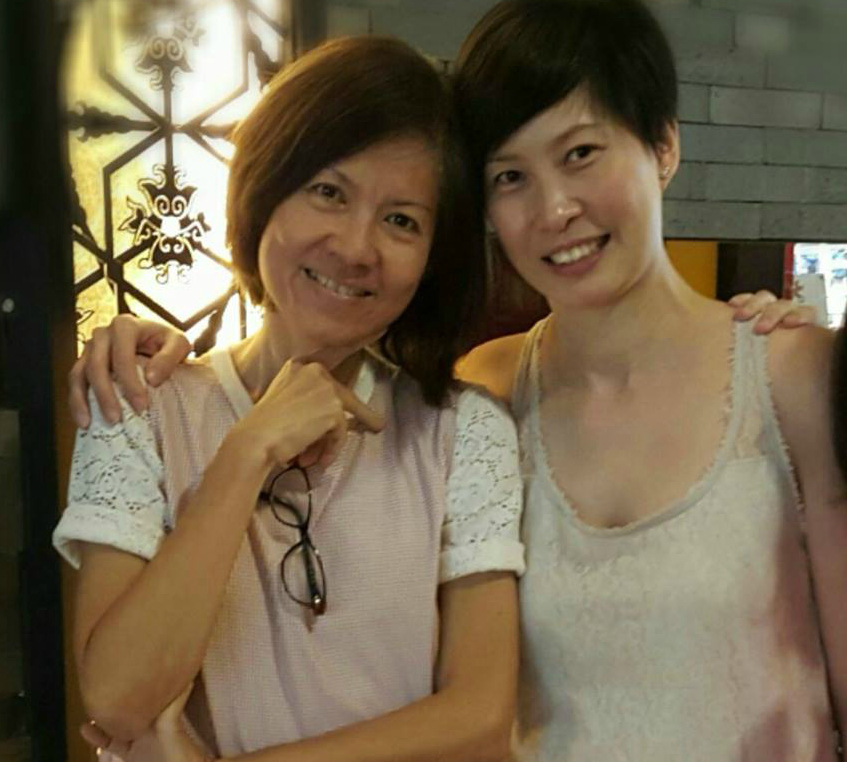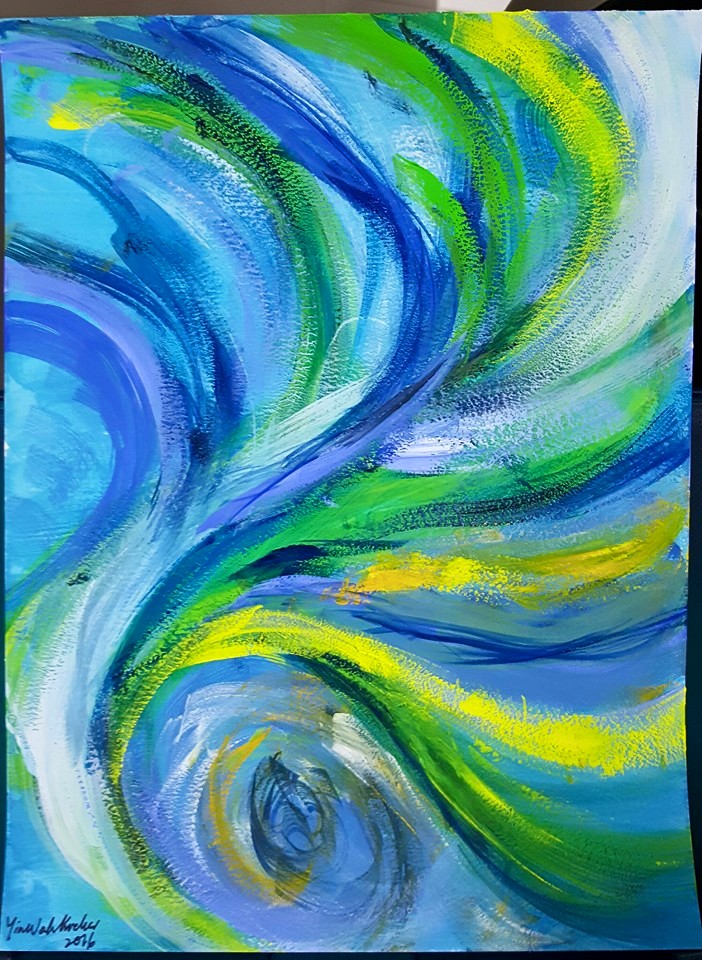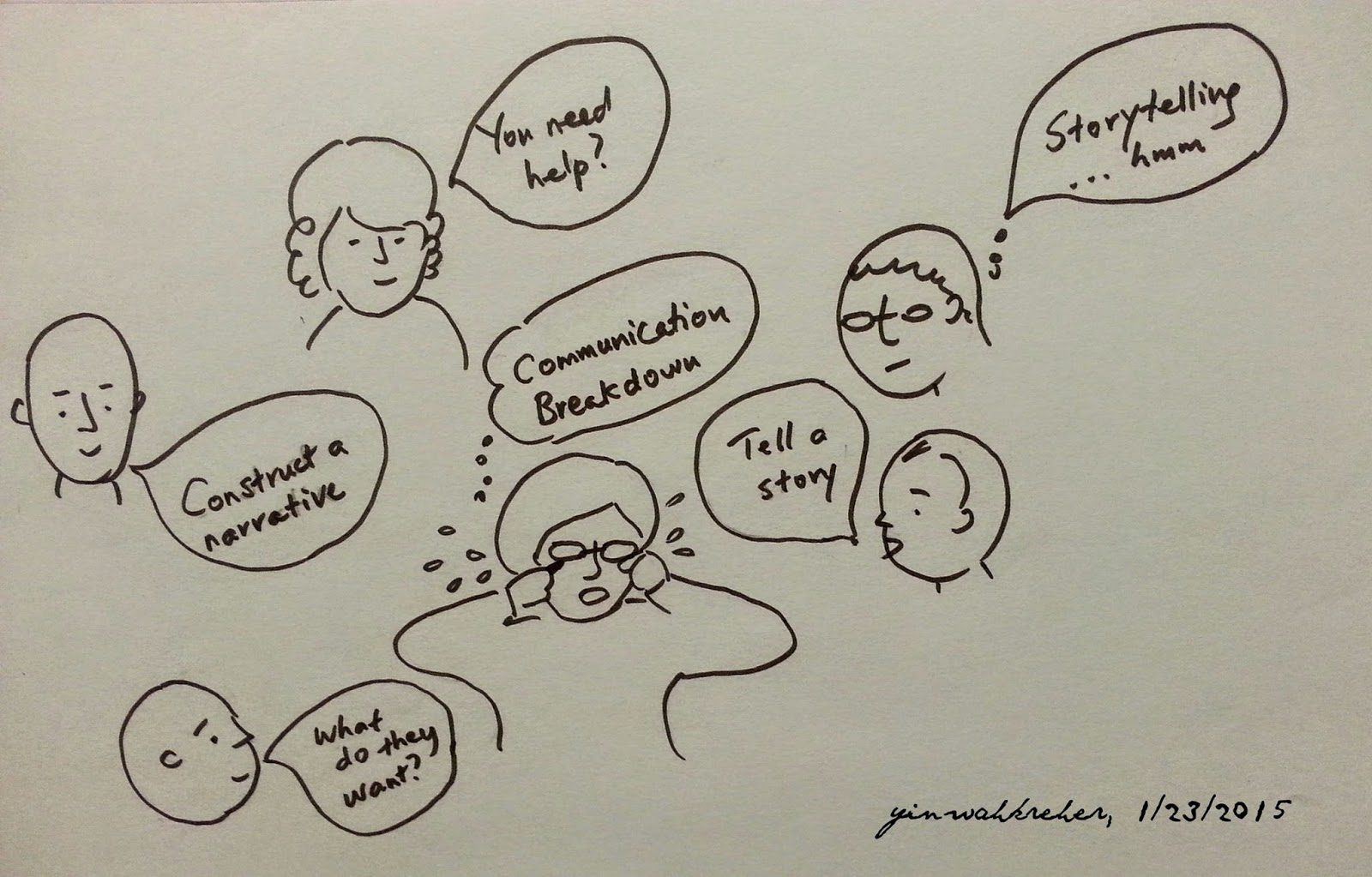A Reflection on Teaching: Connecting with Learners
After performing a thrilling paso doble that went silent for several bars – allowing the audience to understand what DiMarco experiences when he’s dancing – he says he realized the Mirrorball was within reach.
“That really hit me hard, and I felt like, ‘I have the potential of winning this,’ because I could feel the audience really connecting to me, and I thought that was the whole point of me being on Dancing with the Stars. It wasn’t about the dancing itself, it was about me connecting to the audience.” (People, May 25, 2016)
The term is nearly over. Mid-semester tests are tomorrow. Anxiety is written on the faces of some students.
A few don’t show up for class to deal with “serious issues” in their other subjects. The rare absenteeism was encouraging. One student came up to me during an 8 AM class to apologize for his sleepy (and inattentive) behavior in class. Another tried to explain away his classmates’ dour facial expressions — “struggling to cope”; one girl walked into class late, crying.
I have been teaching for more than 20 years. But the thrill of being in a class with 20 or so students still makes me incredibly happy. The opportunity to make a difference still amazes me. I recently connected with some students from the first class I taught after teacher training college. We were thrilled to meet up and talk about how our lives had unfolded during the ensuing years.
We talked about people and lives, and how we had changed, for the better and/or worse. No one talked about what they had learned about the subject. Or how they were making use of what I had taught them.
Like DiMarco, I have come to realize a long time ago that teaching is not so much about the content (I’m sure this is relevant in some unconscious way since I teach English language, communication skills and gen ed subjects); or the teaching, but the connecting with the audience, the learners. The ones who have tried to contact me after all these years are those who have connected with me when I was teaching them. Something magical happened so that they were motivated to engage with me, emotionally, even beyond the classroom. And pursue me in Facebook to catch up with me.
I scratch my head and wonder, “How did that magic happen? Can I intentionally foster this connection?” I offer the following thoughts after some reflection.
Authenticity (Sincerity).
You can’t fake it in front of students (and shouldn’t, by the way). [Note: Although a NYT article says that being yourself is terrible advice unless you’re Oprah.] They know when you don’t know and don’t have the lived experience. The more you try to use many words to cover up for your ignorance, the more the lack of credibility shows.
Recently, I misunderstood how our institution’s electronic attendance-taking system works. I was half-afraid that some of my students might have messed with the system. When I met with the class again, I brought the issue up for discussion. Our dialogue revealed that I was the one who had a knowledge gap about the system. This had led to my faulty interpretation of the students’ behaviors.
I was wrong. I apologized to the entire class and the students privately for my flawed thinking.
I could tell. THAT moment when I publicly apologized became the turning point in my relationship with that class. I could sense that from that week on, they became more open towards me. Despite the tough-guy exteriors that some students show, underneath are hearts that want to learn and do well. My credentials, professional training and experience might have their polite respect, but my humanity in admitting we could all be wrong connected them with me. I am fallible too, and hence relatable. I’m not saying that we don’t need to be professionally trained; in my humble opinion, it is both, professional education and practice, that help make us better teachers.
Dual Commitment.
I can’t claim all the credit. The learning experience is a give-and-take. We learn from our students by teaching — this sounds paradoxical, I know. Through teaching, I’m humbled by what my students often reveal about my best thought-out lesson ideas. There is always more I can do to make learning work better. I learn that on my part, teaching is mostly about facilitation, and offering hope and inspiration. The student’s part is to put in effort and be diligent at exploring and connecting ideas. Of course, depending on who your students are, there are things we cannot assume they know and will discover on their own. I have students from a wide range of backgrounds. I have to teach some of them things they should have learned before reaching tertiary level, but didn’t, and I’m not referring to just content knowledge.
When the teacher and the learners are connected, learning becomes “magical (intellectually and emotionally engaged).” It’s like a gentle tornado-like spiral of ideas, emotions, and actions; it twirls and whirls from the teacher to the learner, and vice versa (See figure below, about flow and flux I depicted in a day of my life). As the proponents of Activity Theory might suggest, the subject matter (content), resources (digital or print) and activities are just tools that mediate learning in a classroom (or beyond).
“But how do we get to emotional engagement in learning?”
To encourage and sustain learning, affect must be involved. That’s why studies show that students do better when they like the teacher. Amabile (creativity scholar) in her Componential Theory of Creativity indicated that an individual may have high domain-relevant skills and creativity-relevant processes that facilitate inventive work, but without motivation, especially intrinsic motivation, the “labor of love” is less likely to occur. In classes where students are not emotionally engaged, I can see them checking out mentally and not participating in activities.
But is there something I can do to make emotional engagement happen? I understand, this is no magic-wand-waving kind of phenomenon, but what can I or teachers do practically to create that supportive environment besides being authentic and committed? Schools are complex learning environments. Formal education is impacted by many institutional and individual factors — the GPA system renders students grade-obsessed and risk-averse; some students have limited time to study, they work to support themselves (or so that they can afford the latest fad that makes them seem cool but conformist); students are not all the same, some need more coaching and individual attention.
TIME is what I need. As a lecturer, I have only limited time to interact with all my students. I am committed to helping all my students succeed. Sometimes, that is a tall order because I get exhausted trying to reach and connect with every student.
One day, as I was fussing about some students who were simply not responding to my pep talks and emails, a friend stopped me and said,
“Why are you insisting on 100% connection with every student? As long as you can observe a positive difference in one student, isn’t that already an achievement?”
So I learned two things here:
- Connecting with every learner is not something I should see as a personal achievement; that is, something to check off a list.
- Don’t get perfectionistic trying to change every student. Sometimes, students only realize that they need to modify their attitudes and behaviors much later in life. It has happened before to my ex-students.
Do what I can with what I have got, time and other resources, and let the magic happen, organically. If you teach, how do you connect with your learners?




